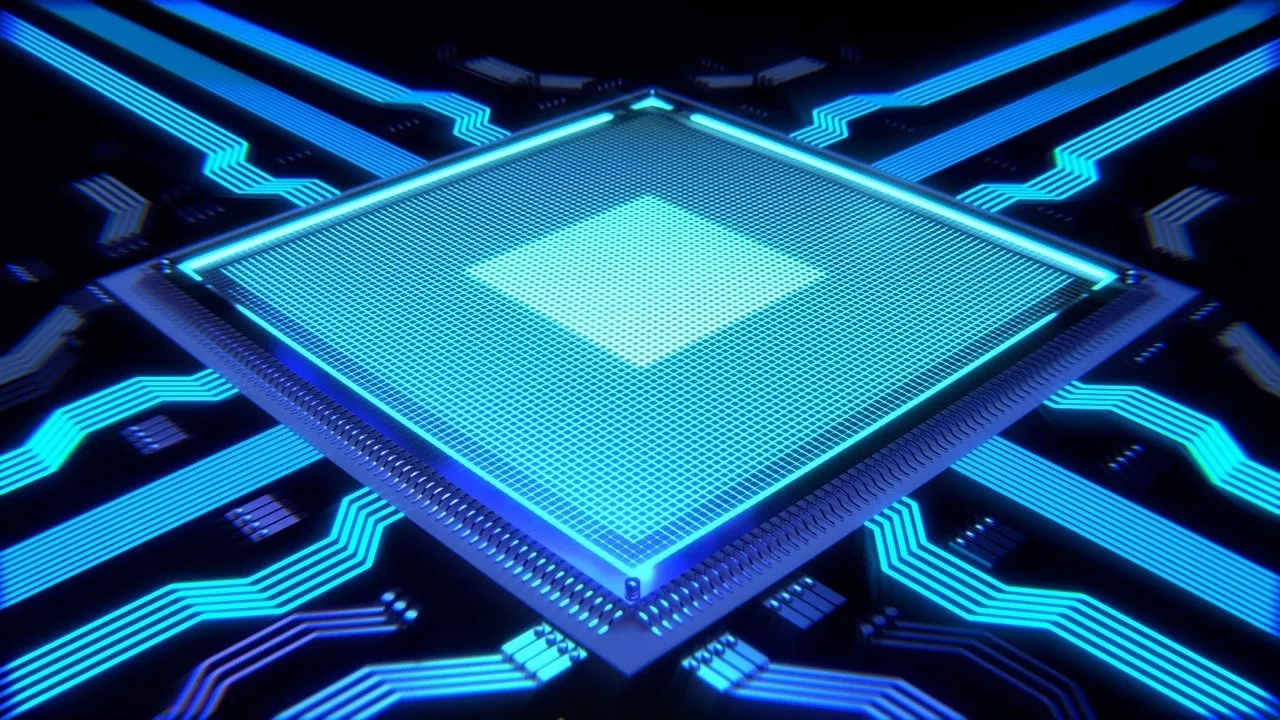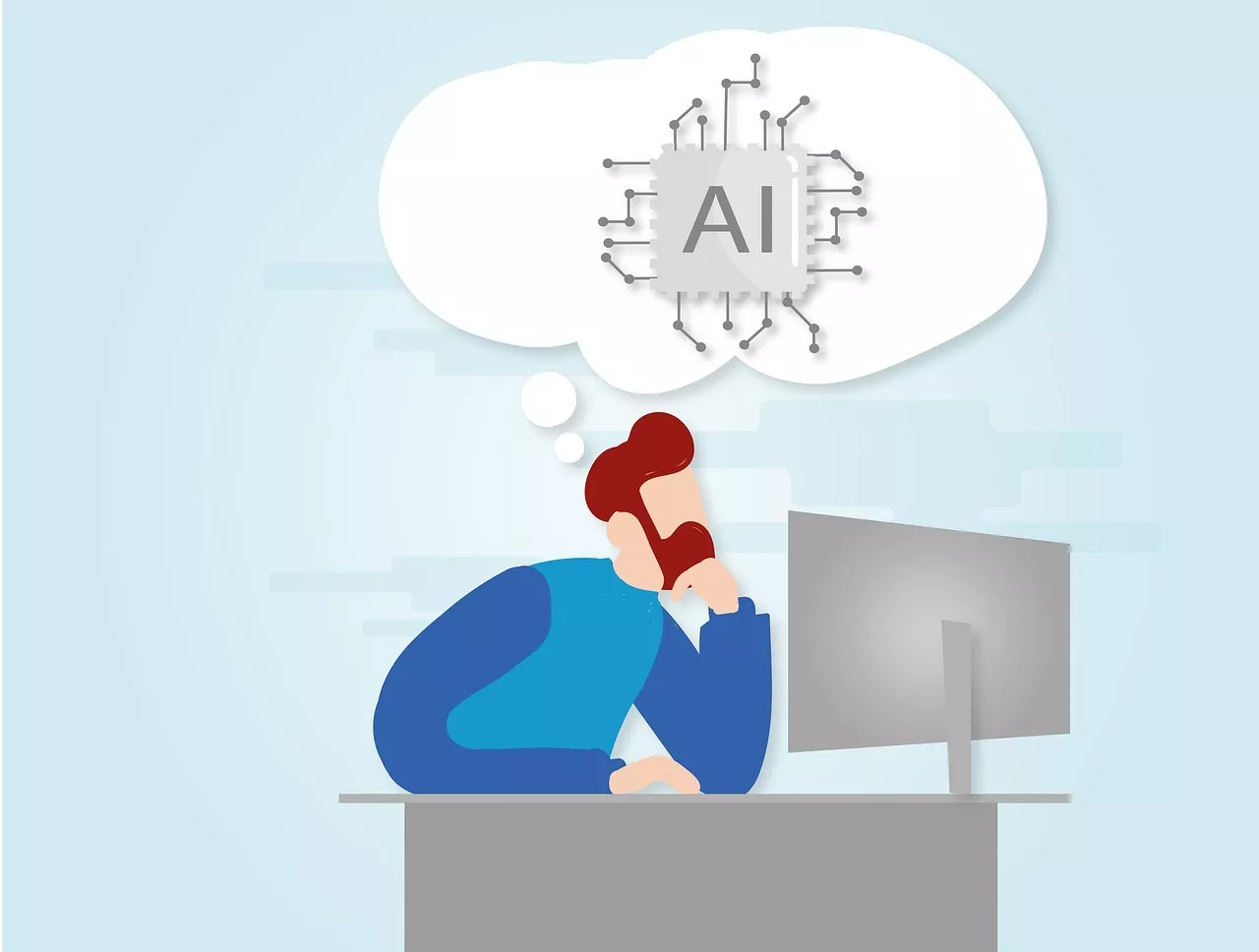Why Intel can be glad Itanium failed
The history of processor development is marked by innovations but also by failures. One of the most ambitious and controversial approaches was Itanium, an architecture jointly developed by Intel and Hewlett-Packard (HP) in the late 1990s. The idea behind Itanium was revolutionary: Explicitly Parallel Instruction Computing (EPIC) was meant to replace conventional CPU designs and usher in a new era of computing power. However, this ambitious project failed – and in hindsight, this failure may have been the best thing that could have happened to Intel and the IT industry.
Why Intel can be glad Itanium failed
It is rare for failure to have a positive effect, but in the case of Itanium, Intel can indeed be glad that this architecture did not prevail. Had Itanium dominated the technological landscape as Intel originally planned, today's world of AI, cloud computing, and big data analytics would face nearly insurmountable hurdles. Instead, x86-64 has established itself as the standard, and Intel, along with the entire IT industry, is reaping the benefits. This article explores why Itanium would have been completely unsuitable for the modern world of technology and why its failure ultimately proved to be a blessing for Intel.
The concept of Itanium: Well-intentioned, poorly executed
The Itanium architecture was revolutionary in many ways. It was based on the idea of Explicitly Parallel Instruction Computing (EPIC), where the compiler, rather than the CPU, would bear the primary burden of optimization. While modern CPUs dynamically parallelize and optimize, Itanium shifted everything to the compiler. The goal was to simplify the hardware and achieve maximum efficiency – at least in theory.
In practice, however, this architecture proved to be completely impractical:
- Extremely high demands on compilers: The compiler had to make all optimization decisions in advance, including instruction scheduling, parallelization, and memory access. This led to enormous computational effort and lengthy compilation times.
- Poor performance with dynamic workloads: Modern applications such as AI and cloud services are highly dynamic and require CPUs to make decisions at runtime. Itanium's static approach was simply unsuitable for such workloads.
- Lack of energy efficiency: Itanium processors were complex to build and inefficient in operation, especially compared to modern architectures like x86-64 or ARM64.
The scenario: What if Itanium had been a success?
If Itanium had prevailed in the IT world, we would see a completely different and far more backward technological landscape today. Here are some of the catastrophic consequences:
1. The compiler and development nightmare
Even today, large software projects like Chromium require enormous resources to compile. A modern 16-core processor takes 4+ hours to build Chromium with PGO (Profile-Guided Optimization) on a highly optimized x86 architecture.
On Itanium, the demands on compilers would have increased exponentially:
- Days-long compilation times: The compiler would have to analyze and optimize every instruction, which would be nearly impossible for dynamic projects like Chromium.
- Absurd RAM requirements: For projects like Chromium, a compiler on Itanium would certainly require 256 GB RAM or more just to hold the data structures and optimizations in memory.
- Debugging would be unbearable: Every small code change would result in enormous rebuild times, creating development cycles lasting weeks or months.
2. Unsuitable for modern workloads
The workloads driving today's technological world would be unfeasible with Itanium:
- AI (Artificial Intelligence): Modern AI models like GPT-4 or Llama rely on massively parallel computations that need dynamic optimization. Itanium's static architecture could never meet such demands.
- Cloud computing: Services like AWS or Google Cloud rely on flexible, dynamic resource management systems. Virtualization, containerization, and rapid scalability would be unachievable on Itanium.
- Big data and real-time analytics: Systems like Apache Spark or Hadoop require fast, dynamic hardware to process massive datasets in real-time. Itanium would be completely unsuitable for such scenarios.
3. Energy consumption and hardware costs
A world full of Itanium processors would also be a nightmare from an energy and economic perspective:
- Energy consumption: Itanium's inefficient architecture would cost data centers enormous amounts of power, especially for dynamic workloads.
- Hardware costs: Building and maintaining Itanium-based systems would be extremely expensive due to their complex architecture.
The comparison: Why x86-64, RISC-V, and ARM are better
Thankfully, the world opted for x86-64 (and increasingly ARM64 and RISC-V), architectures that operate dynamically and are flexibly adaptable. Their advantages over Itanium are clear:
- Dynamic optimization: Modern CPUs use technologies like Out-of-Order Execution and Branch Prediction to optimize instructions at runtime.
- Scalability: Both x86-64 and ARM64 can easily scale from small devices to data centers.
- Energy efficiency: ARM64 and modern x86 processors like AMD's Zen architecture offer extreme performance per watt – something Itanium could never achieve.
- Broad support: The entire software world today is optimized for x86 and ARM, providing far greater compatibility and performance.
Why Itanium's failure is a success
The failure of Itanium was a blessing for Intel and the entire IT industry. Had this architecture prevailed, we would be in a technological dead end today:
- AI and cloud would not be possible: The modern world of data processing would be unachievable with Itanium.
- Energy crisis due to inefficient systems: Itanium-based data centers would be power guzzlers.
- Innovation would be stifled: Slow compilers, impractical development cycles, and enormous hardware costs would have drastically reduced the pace of innovation.
Today, Intel can be glad that Itanium failed. It paved the way for the advancement of x86 and the rise of ARM, which have led our technological world into an entirely new era. Itanium stands as a warning of how a good concept in theory can turn into a nightmare in practice.











